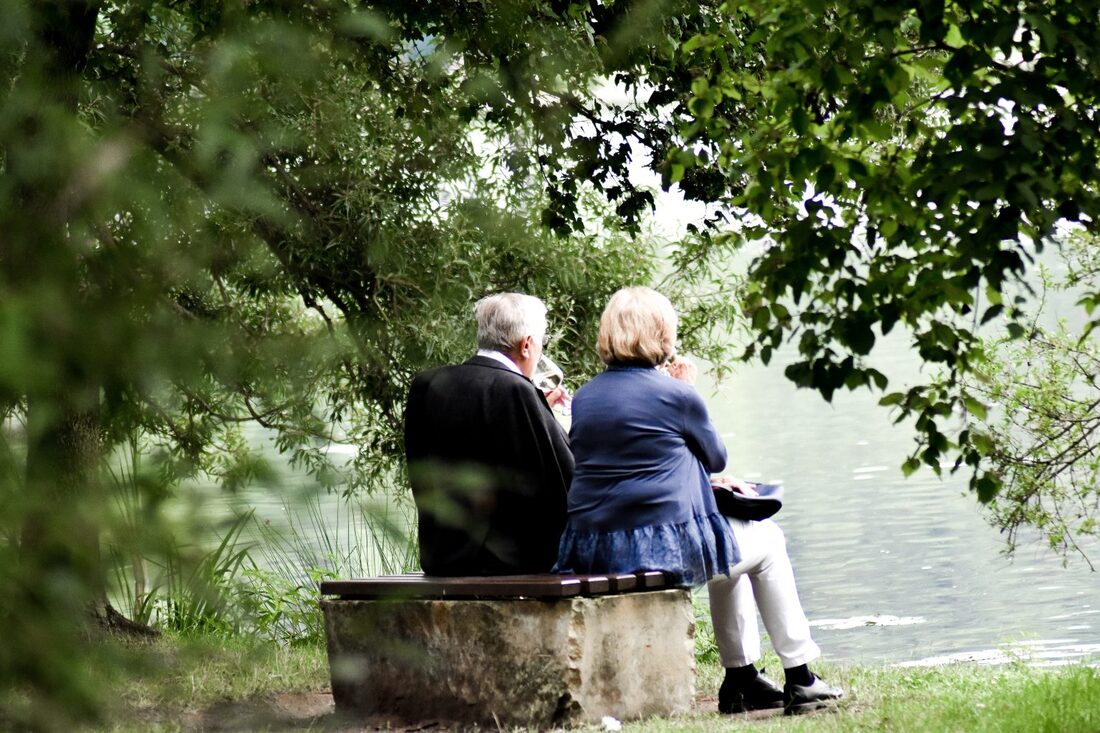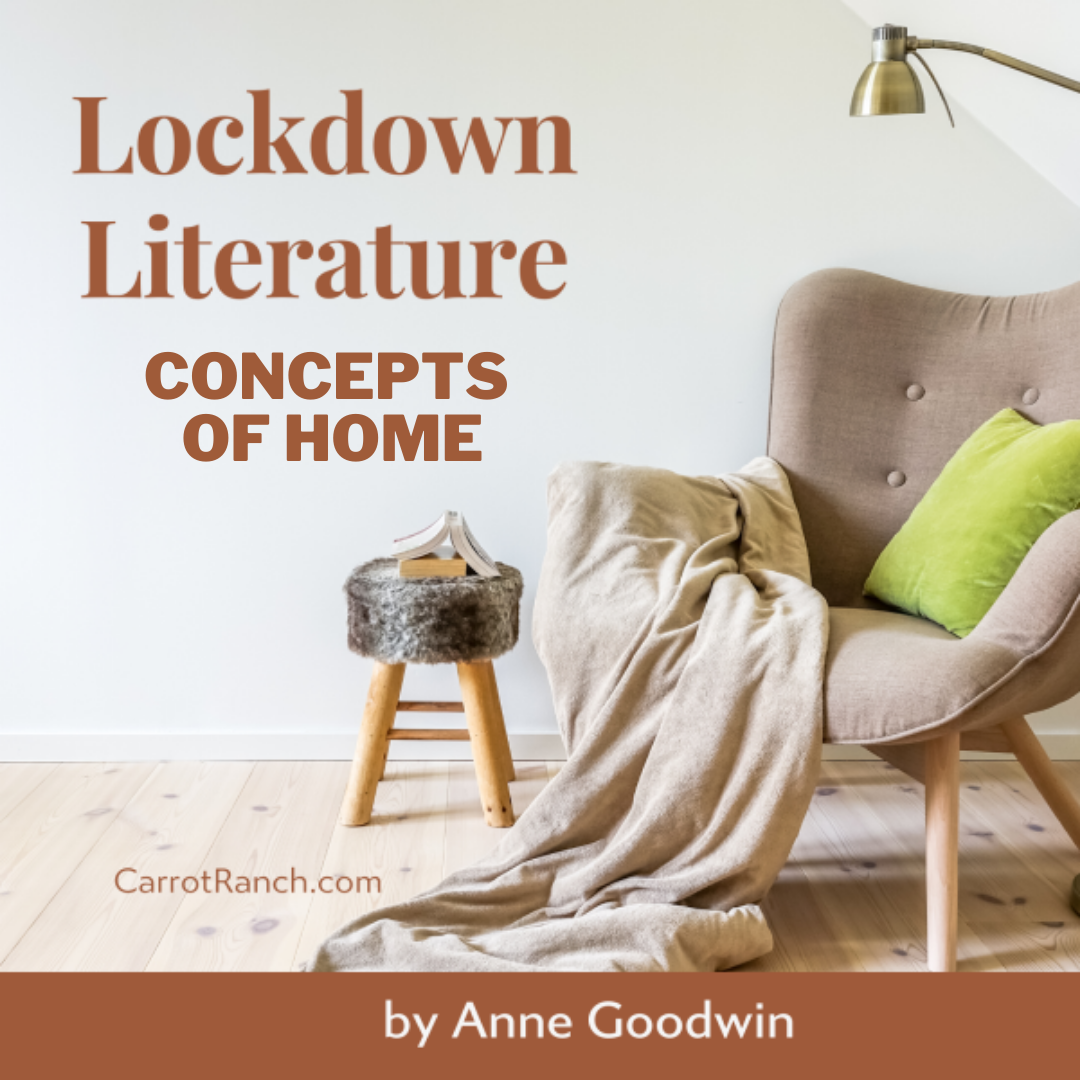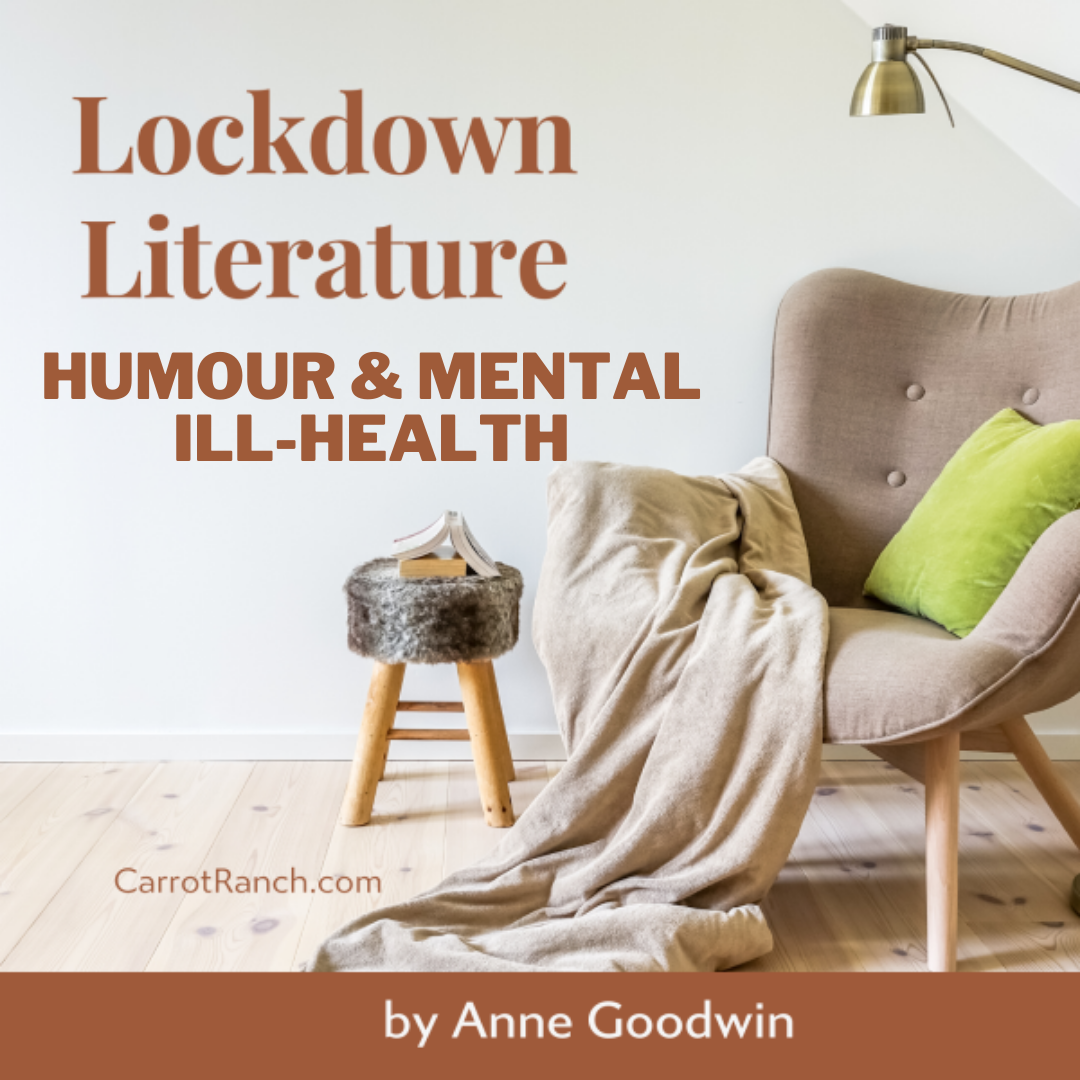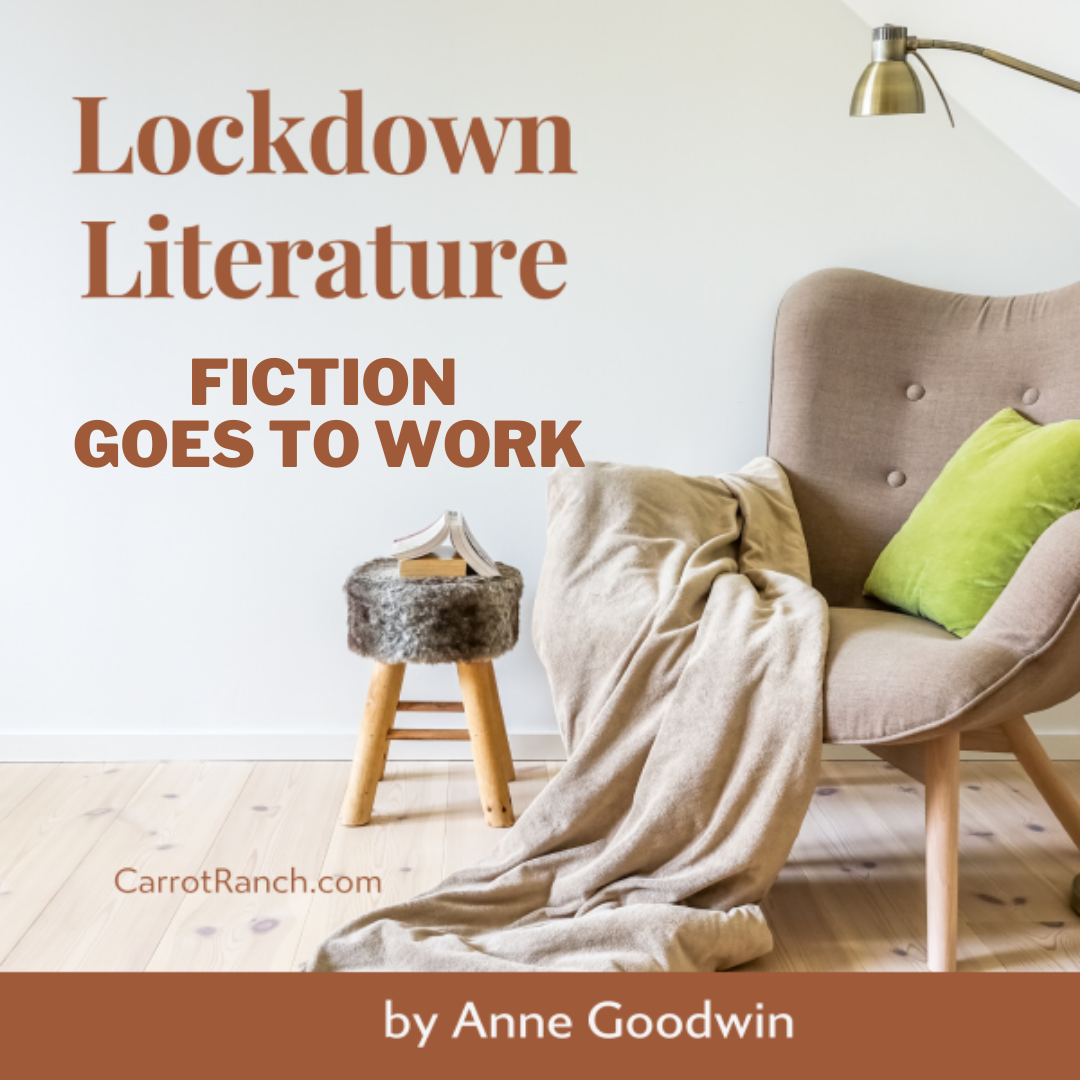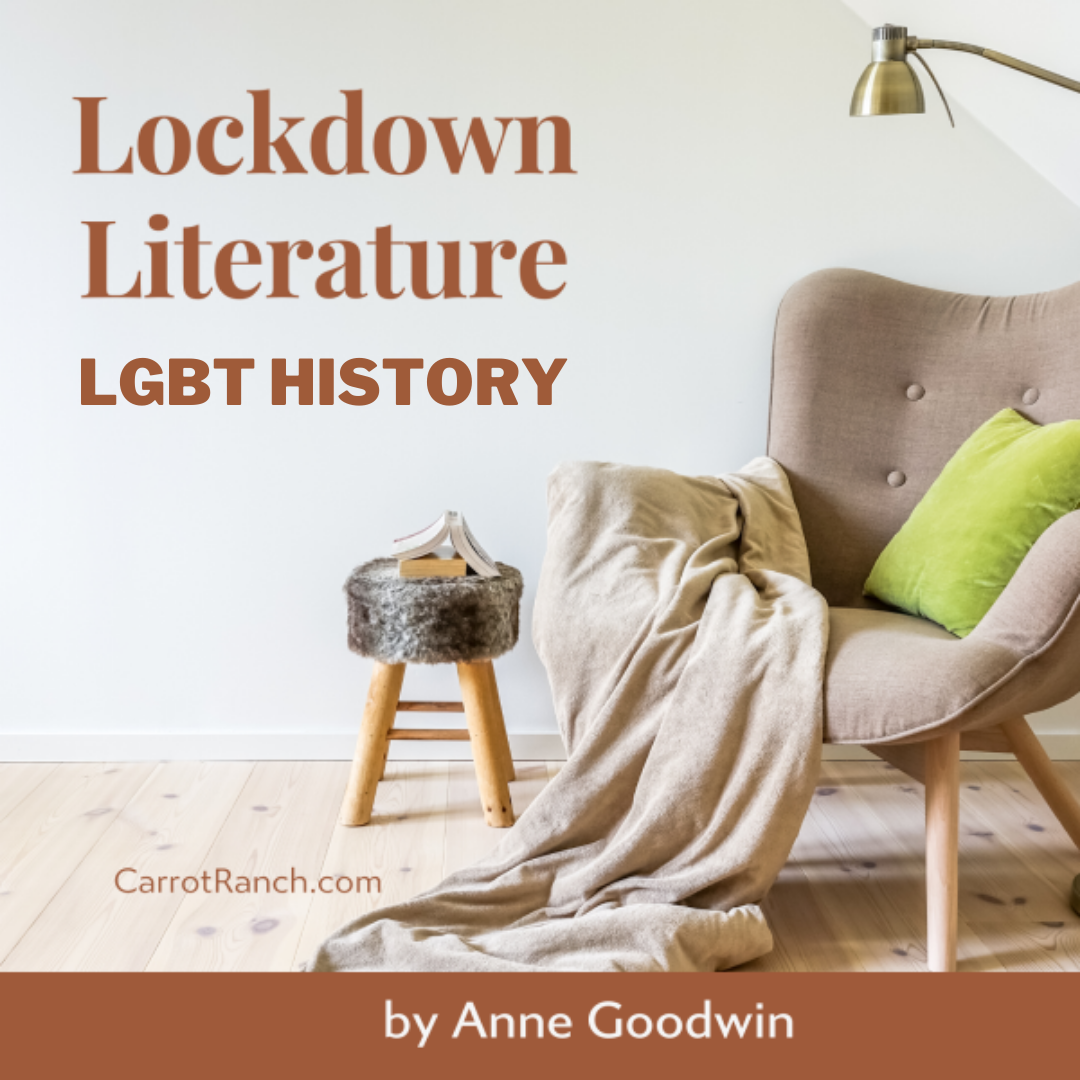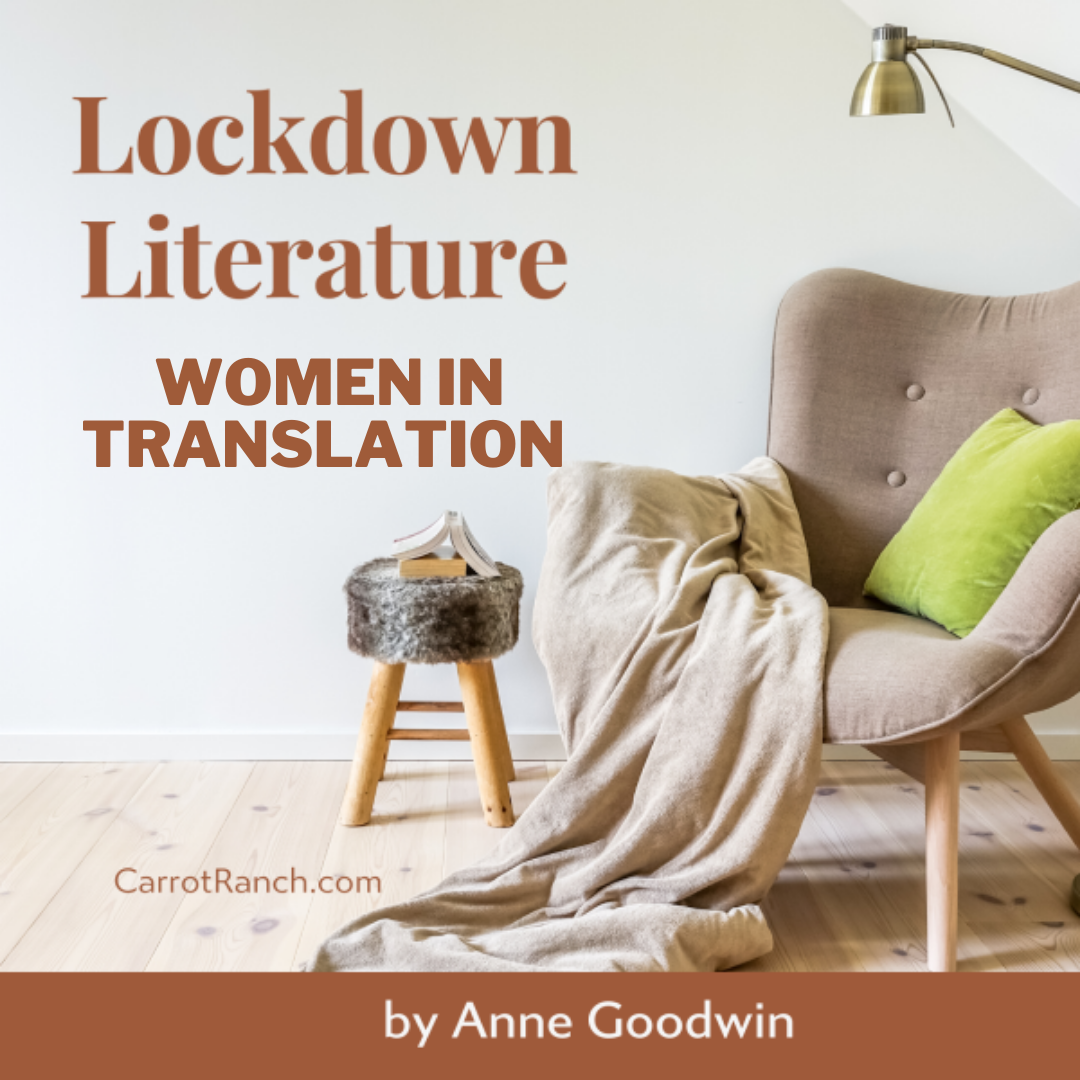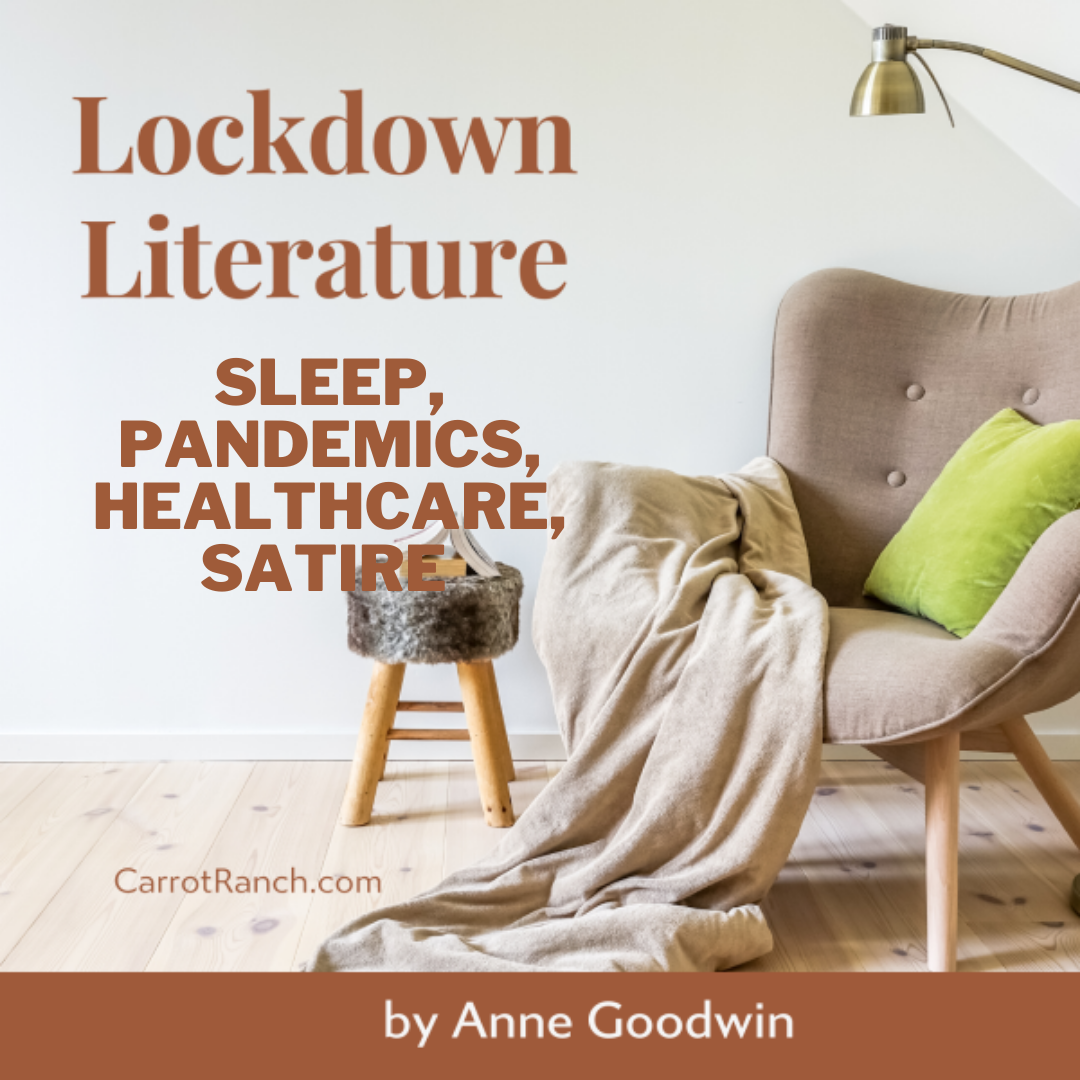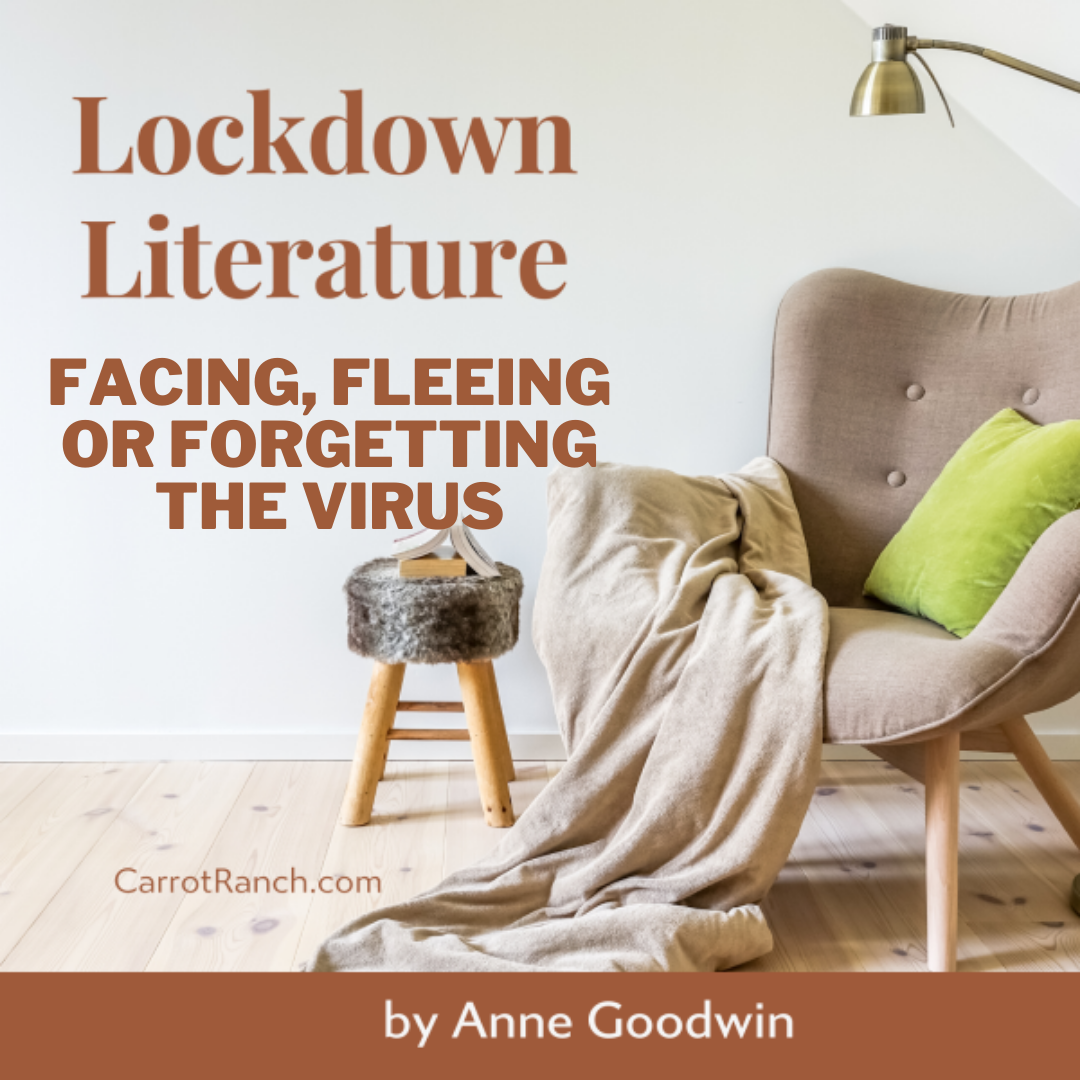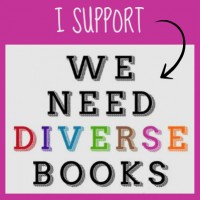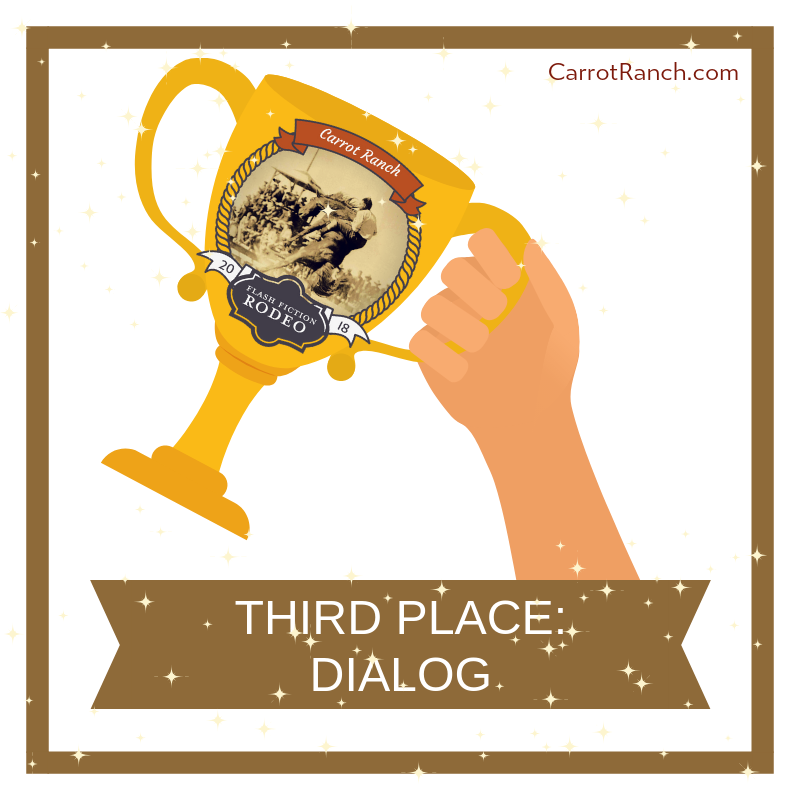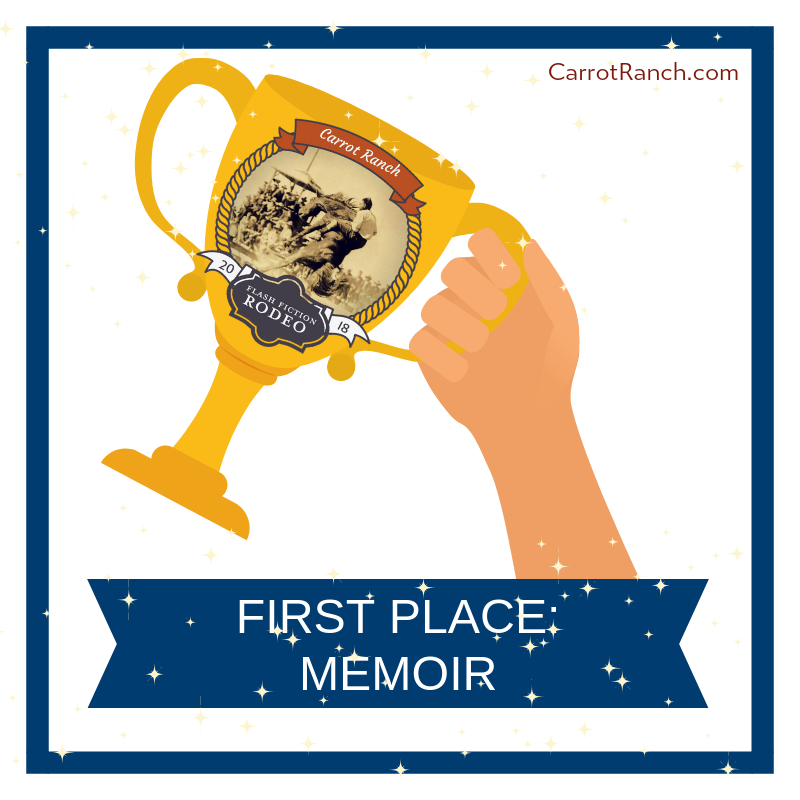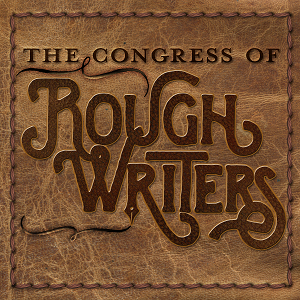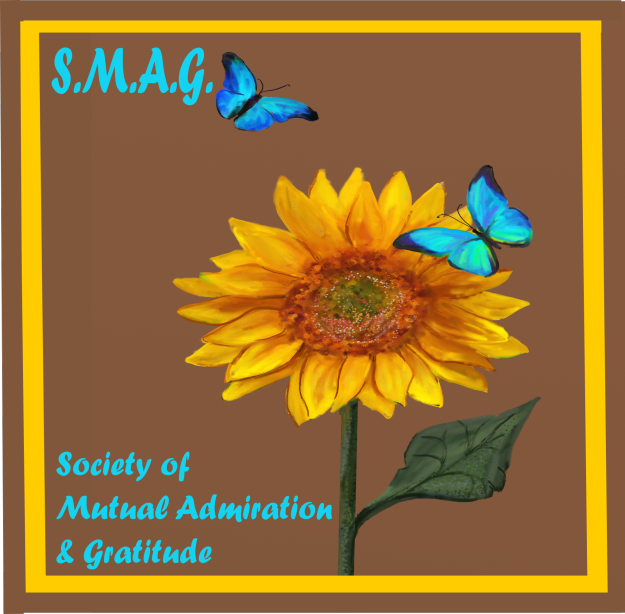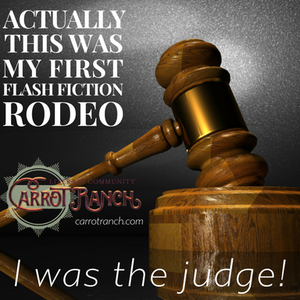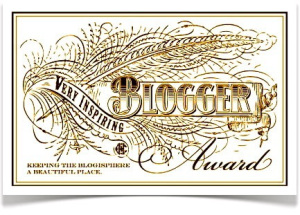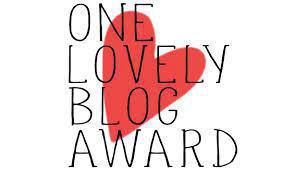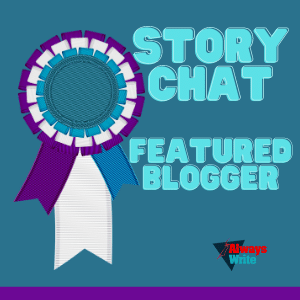Welcome
I started this blog in 2013 to share my reflections on reading, writing and psychology, along with my journey to become a published novelist. I soon graduated to about twenty book reviews a month and a weekly 99-word story. Ten years later, I've transferred my writing / publication updates to my new website but will continue here with occasional reviews and flash fiction pieces, and maybe the odd personal post.
|
Although I’ve never been sure about novels about writers, I was keen to read these two: the first about an unpublished novelist ghostwriting a memoir and the second about a poet anticipating a different kind of creativity with her first child. Both these fictional writers are brought into close contact with an unexpected other – for the first, the character whose memoir he is writing; the second, another poet who used to live in the town to which she’s recently moved – with life-changing consequences. Both novels explore the nature of the self and the permeability of the boundary with the other (and, incidentally, feature graphic scenes of childbirth). For another novel about a writer, see my review of My Name Is Lucy Barton.
2 Comments
Life’s a game of snakes and ladders; we all have our ups and downs. But some people’s snakes are much longer than some other people’s ladders, and some so unlucky on the roll of the dice it’s like they’ve landed in a slithery nest of snakes. If fear or despair hasn’t shut down their emotions, these people are angry, understandably so. And that’s my tenuous link between these novels: the first about a young woman’s sudden blindness and the second about the victims of paedophile priests.
As far as I’m concerned, the welfare of babies and young children is a collective responsibility, so I offer no apologies for linking these three books. The first is a historical novel that begins with a fascinating account of the experience of a wet nurse in nineteenth century Spain, before moving on to the adult lives of the princess who had first turn at the breast and her milk brother, the woman’s own baby. The second is a contemporary novel set a century later, about a young American woman working as a nanny to a Japanese toddler. Both novels show the strength of attachment we can have to other people’s offspring. The third book is an uncompromising and moving memoir about a young Englishwoman who becomes pregnant as a student and decides to keep the child. Finally, because a baby is a kind of harvest of the womb, we finish with this week’s flash.
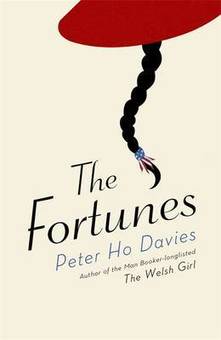 When I was growing up, it was said that every fourth child was Chinese. As the fourth child of a white working-class Catholic family, I saw no contradiction in applying that logic to myself. I don’t remember how and when I was disabused of this notion, but I imagine being disappointed. Although probably too young to have a concept of Chinese identity (I think it was prior to my family frequenting Chinese restaurants), the idea of being different made perfect sense. Perhaps that’s what attracts me to reading and writing about diversity, but the Chinese are still relatively unrepresented in my fictional world (Everything I Never Told You an exceptional exception). So, having enjoyed his debut, The Welsh Girl, I looked forward to having my horizons widened by Peter Ho Davies’ new novel about Chinese-American identity, courtesy of Sceptre Books.
Humans are social creatures, and the social systems we create can serve as both help and hindrance. Bullying is one of the more disturbing things that can happen when we gather together, but the dark side of human nature can catalyse engaging fiction. In Bone by Bone, childhood bullying is at the core of the novel, while in Hush it’s a consequence of a family trauma, but both make for gripping reads. On a lighter note, I’ve followed these too short reviews with a memory of a more positive aspect of human association, the childhood crazes from which no-one is excluded.
 Writers of fiction and creative non-fiction know the value of metaphor. So you might be interested in recent research by Adam Fetterman and colleagues suggesting that life is different for people who think in metaphors. Having developed a means of measuring metaphoric thinking style among students, they found that people rate neutral words as more pleasant when they’re printed in a white font than in a black one (evidently, none of their subjects had ageing eyes which renders light print virtually impossible to read); that among those prone to metaphorical thinking, the more sweet food they’d eaten, the more sweet their interactions with others (presumably within limits, I’m not terribly sociable if I’m feeling sick); and that those with a stronger metaphoric thinking style showed greater insight into the emotions of others. As you can see, aside from the fact that many metaphors are actually clichės, I’m a little sceptical about this research but, not having read the full report in the Journal of Personality and Social Psychology, I’m not in a position to argue.
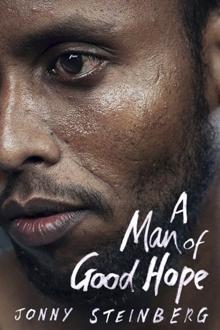 This is the story of an epic conversation between two African men: shopkeeper and Somalian refugee, Asad Abdullahi, and white South African academic and journalist, Jonny Steinberg. Their conversation begins in Cape Town in 2010, a time of violent attacks on foreign nationals in the run-up to the World Cup, travelling back in time to plot Asad’s history of migration from the moment when, at eight years old, his mother was shot in front of him, to end in 2013 when he is resettled with his family in Kansas City, USA. It’s the tale of a child subject to multiple betrayals, “kicked through life like a stone” (p278), drifting between countries and cultures, from a refugee camp as barren as the first concentration camps to the cosmopolitan streets of inner-city Nairobi to a desert settlement deep in the Ethiopian hinterland, who nevertheless has “lived a fully human life … [altering] radically the course of his family’s history, so that his children and their children … live lives nobody in Somalia at the time of his own birth could have imagined” (p313). It’s also, to a lesser extent, the account of the practical and ethical hurdles faced by both men in bringing Asad’s story to the attention of the wider world. I do hallucinations, but I don’t do the supernatural. I don’t do memoir, apart from when I do. But I’m very fond of Lisa Reiter of Bite-Size Memoir and Charli Mills of the Carrot Ranch Flash Fiction Challenge, and it’s been one of my slightly bonkers blogging goals to concoct a dual response to their imaginative prompts, not just in a single post, but in a single flash. I’m also somewhat partial to spoof horror movies like Young Frankenstein and Shaun of the Dead, but I’m not confident I could pull off something along those lines myself.
As my blog is due a break from serious reviews of serious novels, I took these ingredients with me on my walk yesterday in Jane Eyre territory ...
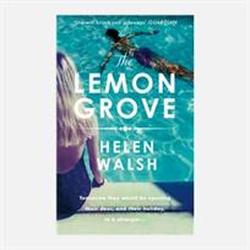 The last time the husband and I went on holiday we came home a day early, and enjoyed ourselves an awful lot more pottering around the garden than we would have done looking for more touristy things to fill the time. The thatched-roofed cottage I’d booked in a chocolate-box Dorset village had a wall-full of Penguins, but the latticed windows alongside the narrow cobbled street made for a sombre interior, far from ideal for curling up with a book. Since then, we’ve managed a couple of weekends away but I don’t think either of us will be dreadfully disappointed if we never go on holiday again. But that doesn’t mean I don’t enjoy reading about other people’s holidays, especially when they don’t go completely to plan. Jenn has been having a marvellous holiday on the Mediterranean island of Mallorca with her husband, Greg. But her fifteen-year-old stepdaughter, Emma, will be joining them shortly, with unsuitable boyfriend, Nathan, in tow. Their arrival changes everything, although not quite in the way she expected. Jenn finds herself seduced by Nathan’s youth and sensuality and, amid thunderstorms and searing heat, risks, not only her marriage, but her sense of herself. There’d been a fair amount of media hype about The Lemon Grove, so I was surprised when I didn’t warm to it as readily as I had to another Mallorca-set villa-holiday novel, The Vacationers. The writing was competent:  Thank you, Norah Colvin, for another blogging award. Versatile isn’t a word I’d readily use to describe myself but, if Norah thinks this blog qualifies, I’ll happily accept. The Versatile Blogger Award asks recipients to thank their sponsor (done that), nominate another fifteen blogs (that might take some time, but I’ve started the ball rolling below) and tell everyone seven things about yourself. I’m sure I read somewhere it’s supposed to be seven interesting things; fortunately, Norah hasn’t set the barrier as high as that. I thought I’d take it as an invitation to illustrate the extent and limitations of my versatility, and have a bit of fun along the way. Some of these even come in multiples of seven. |
entertaining fiction about identity, mental health and social justice
Annecdotal is where real life brushes up against the fictional.
Annecdotist is the blogging persona of Anne Goodwin:
reader, writer, slug-slayer, tramper of moors, recovering psychologist, struggling soprano, author of three fiction books. LATEST POSTS HERE
I don't post to a schedule, but average around ten reviews a month (see here for an alphabetical list), some linked to a weekly flash fiction, plus posts on my WIPs and published books. Your comments are welcome any time any where. Get new posts direct to your inbox ...
or click here …
Popular posts
Categories/Tags
All
Archives
March 2024
BLOGGING COMMUNITIES
|
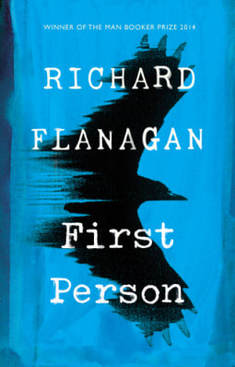
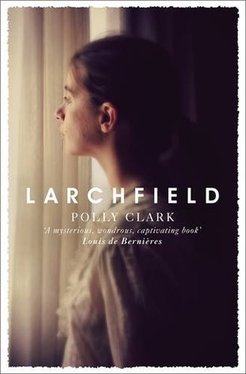
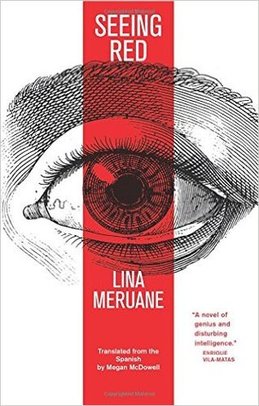
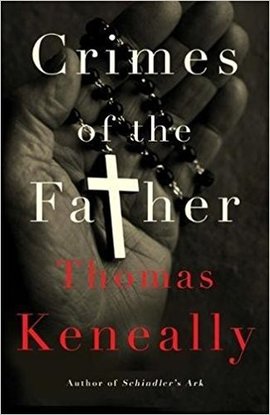
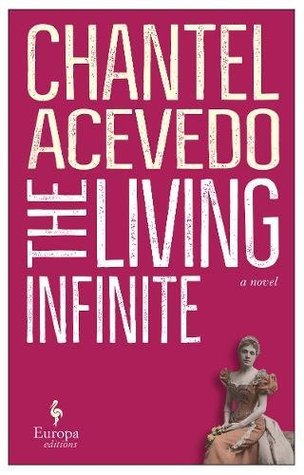
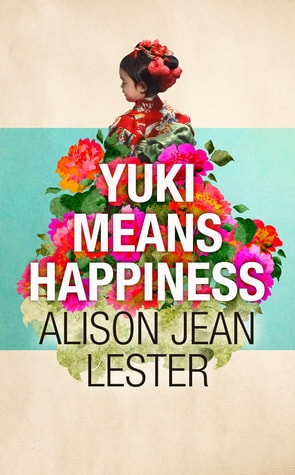
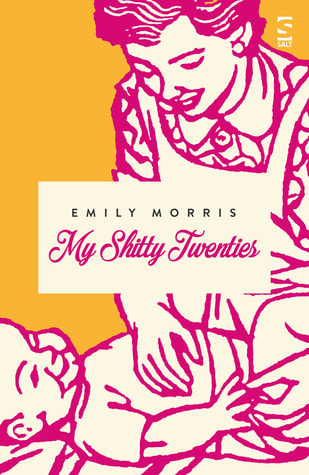
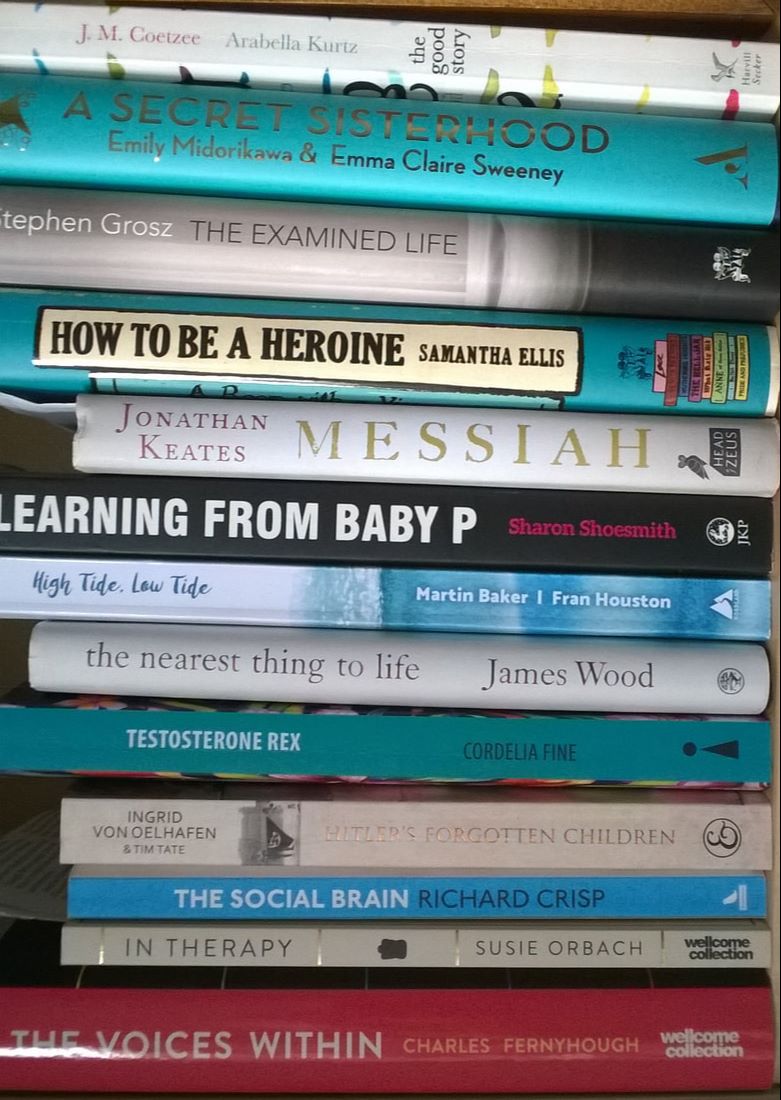
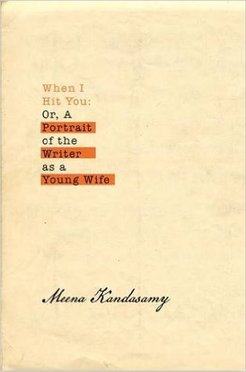
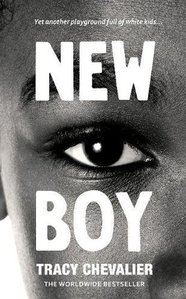
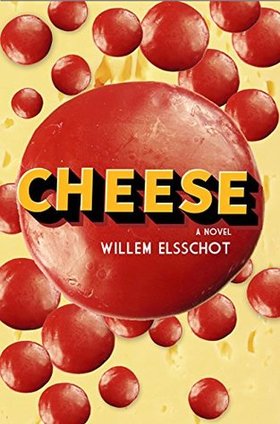
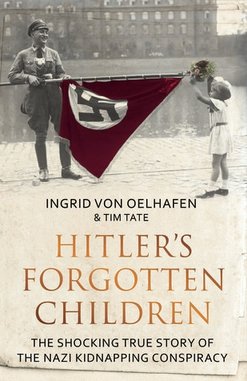
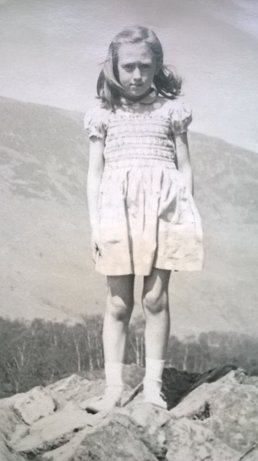
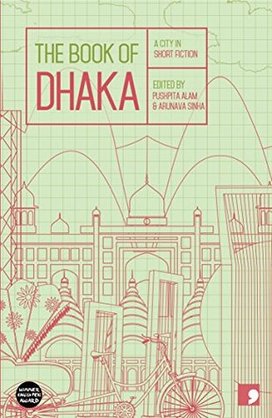

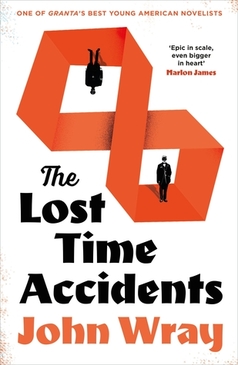
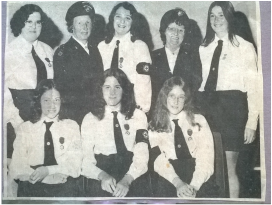
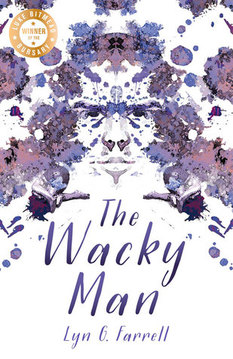
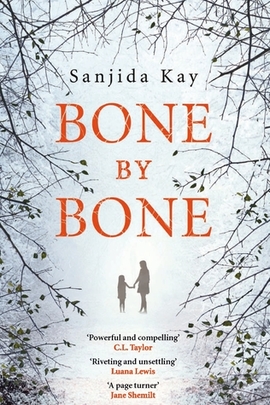
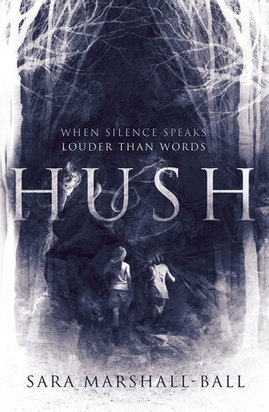
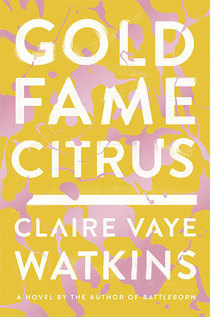
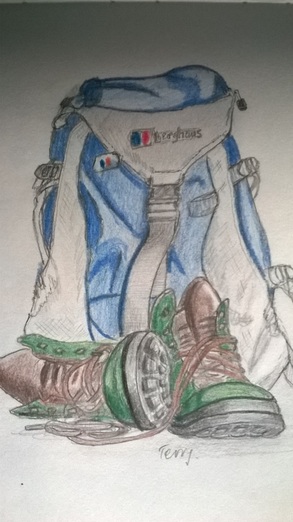
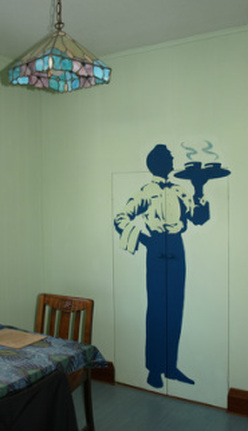
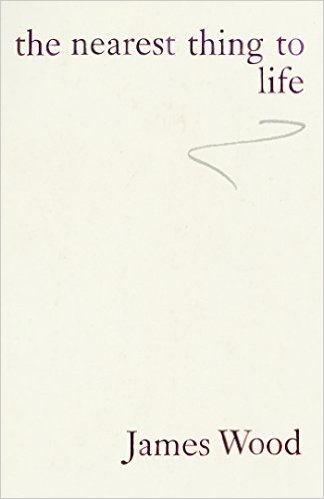
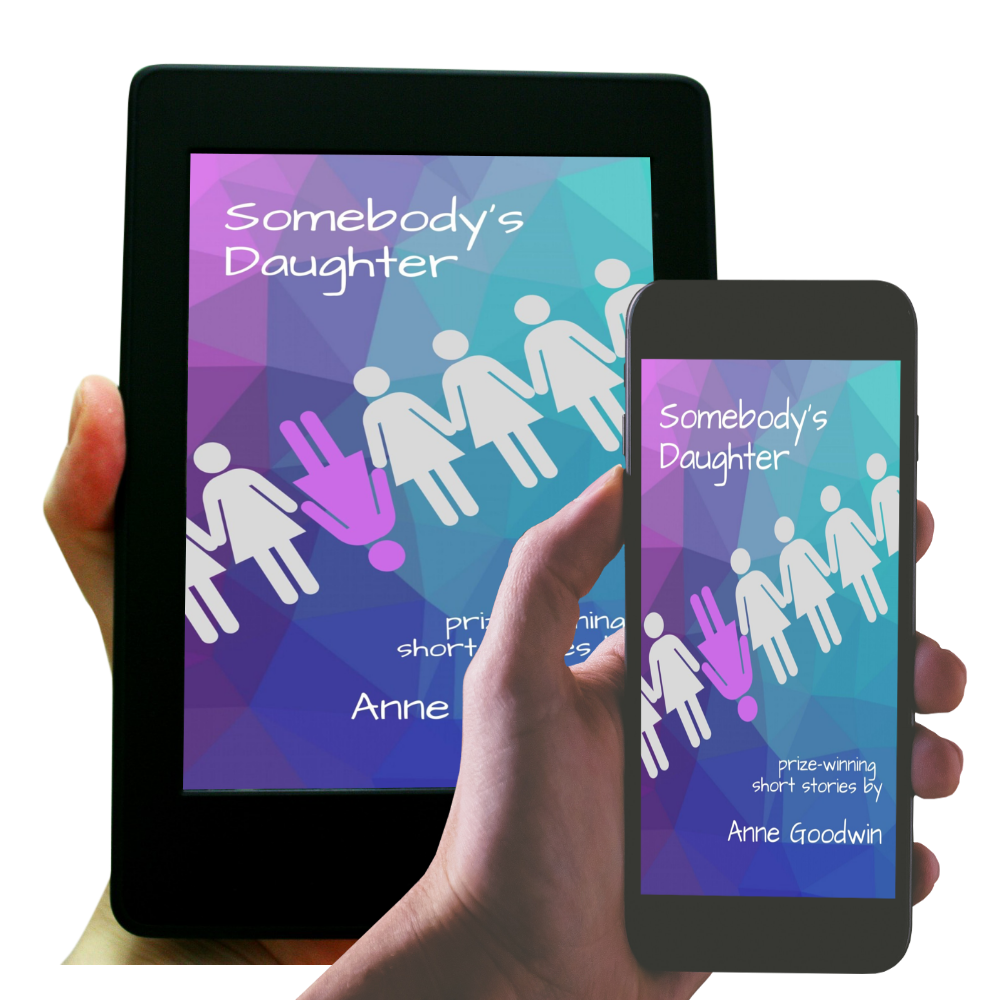
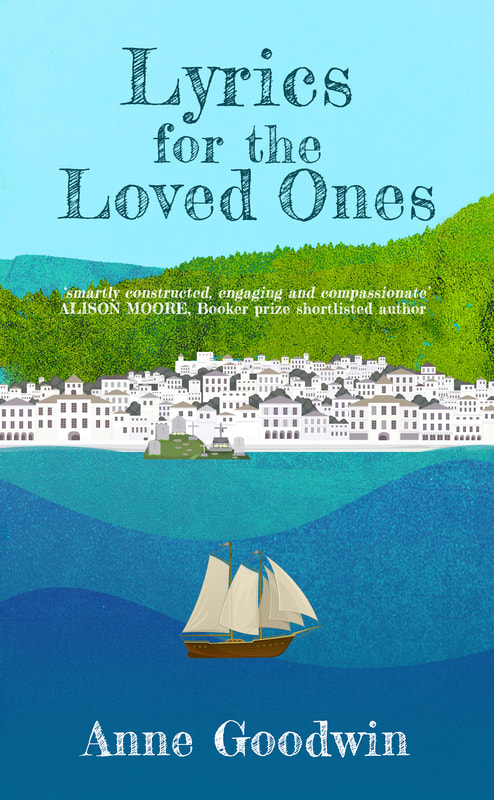
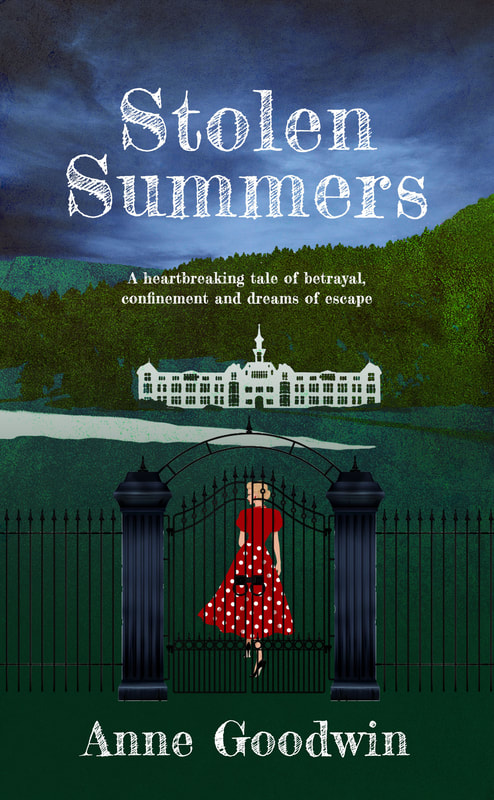


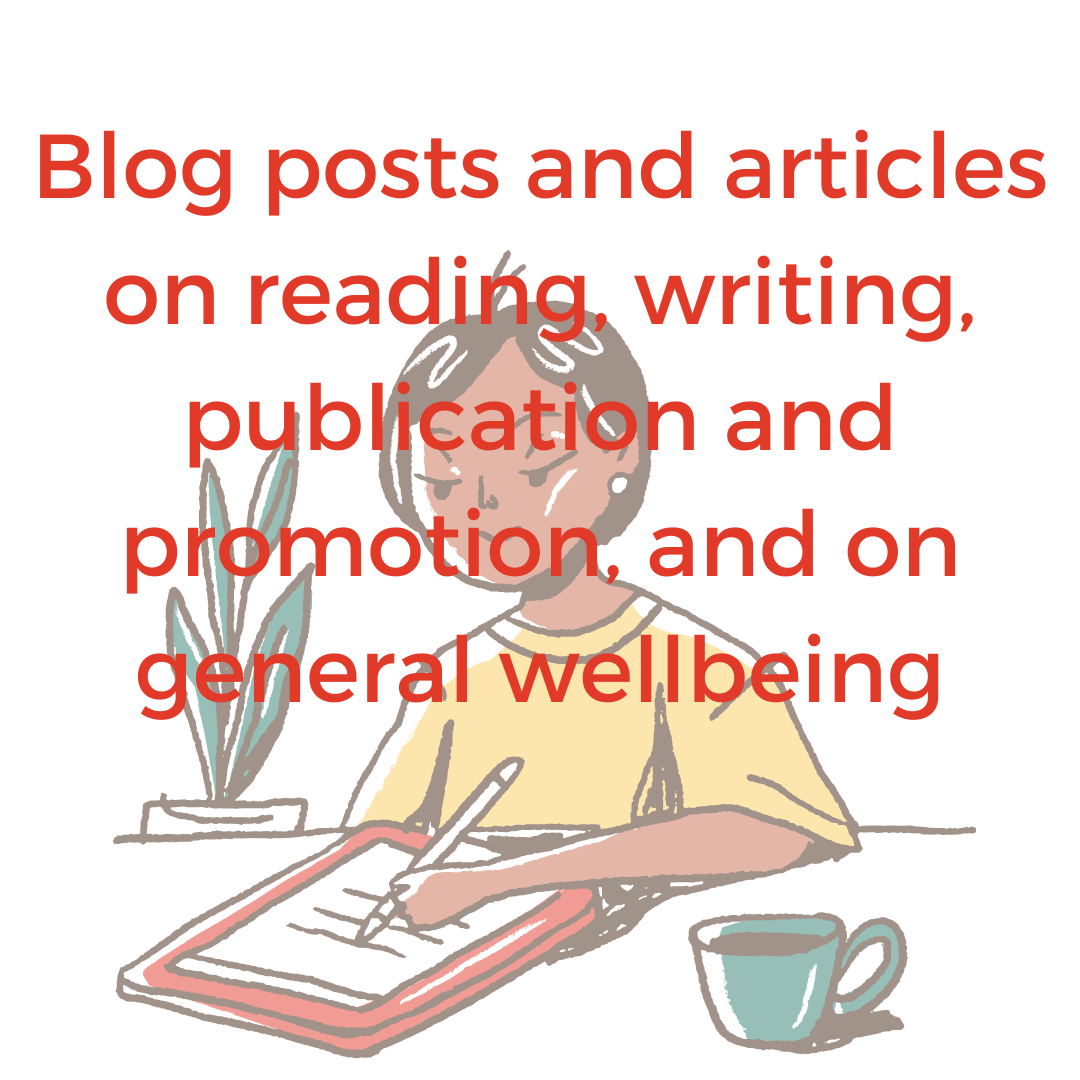
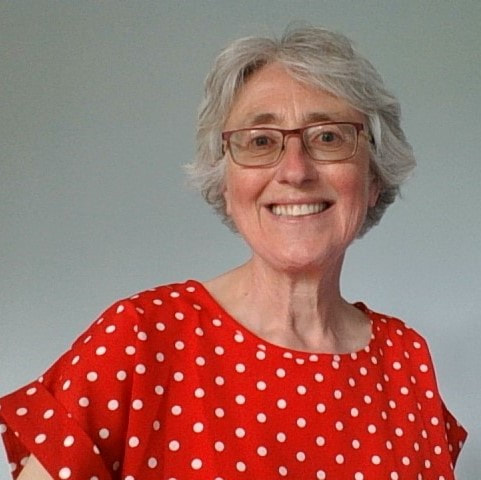
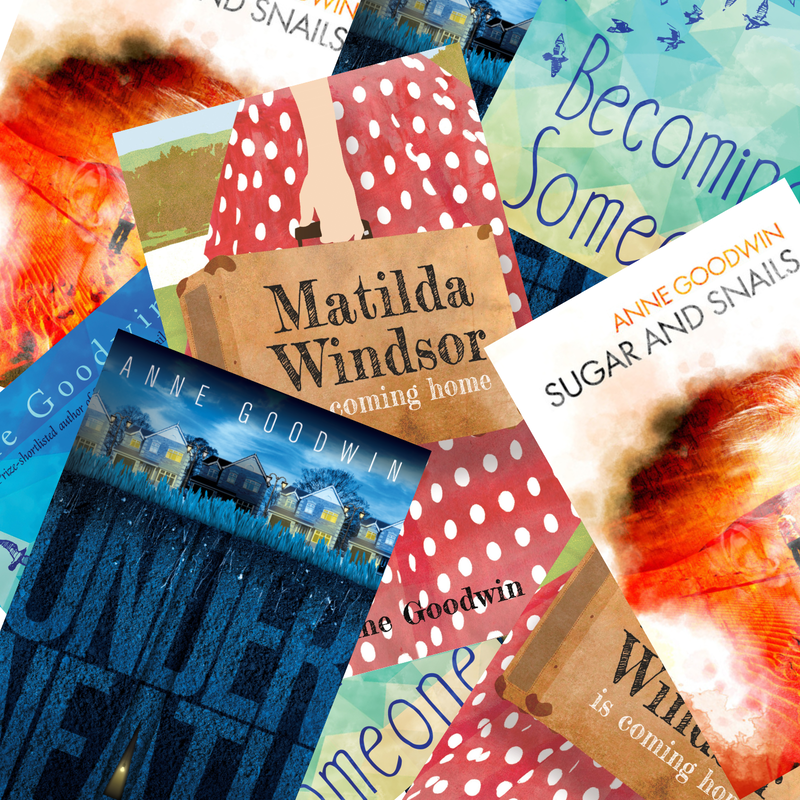
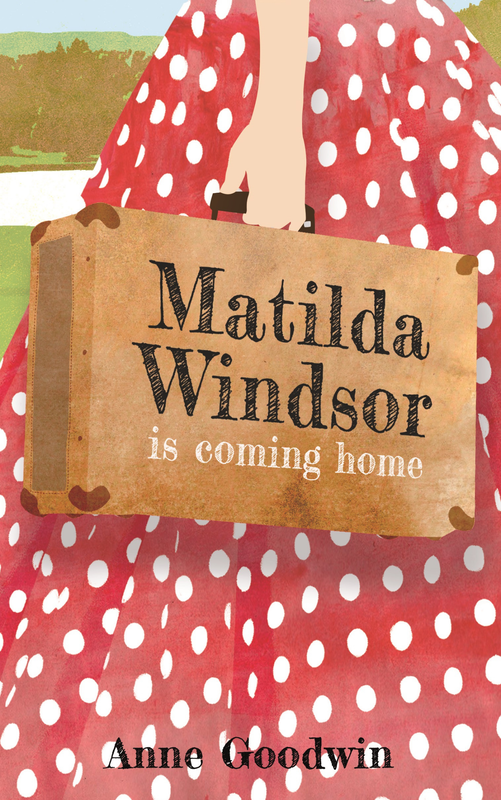
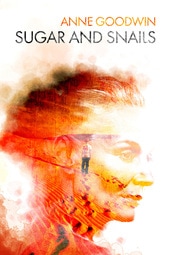

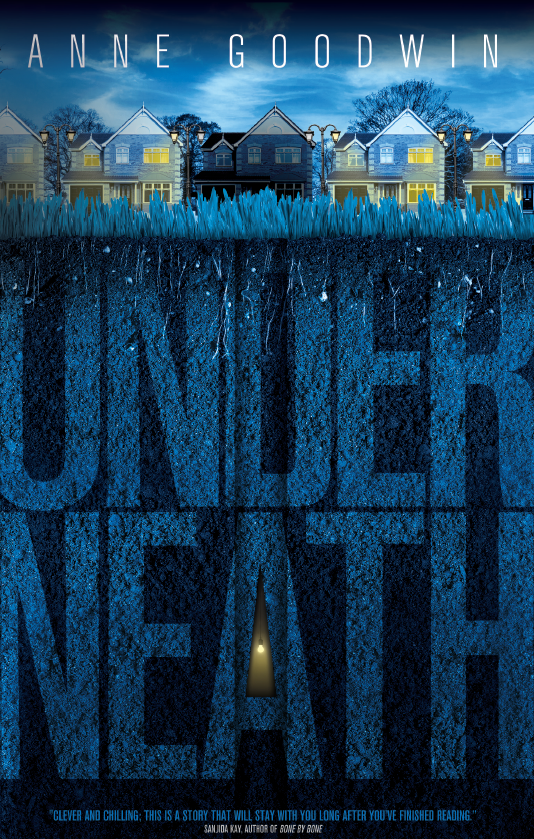
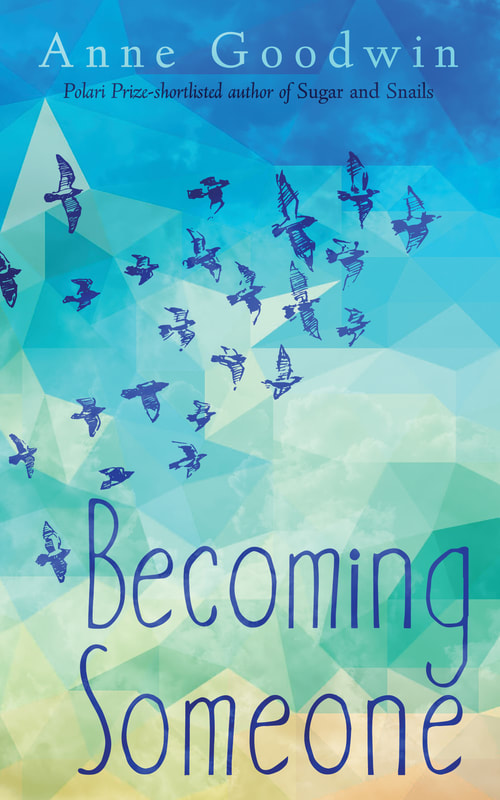






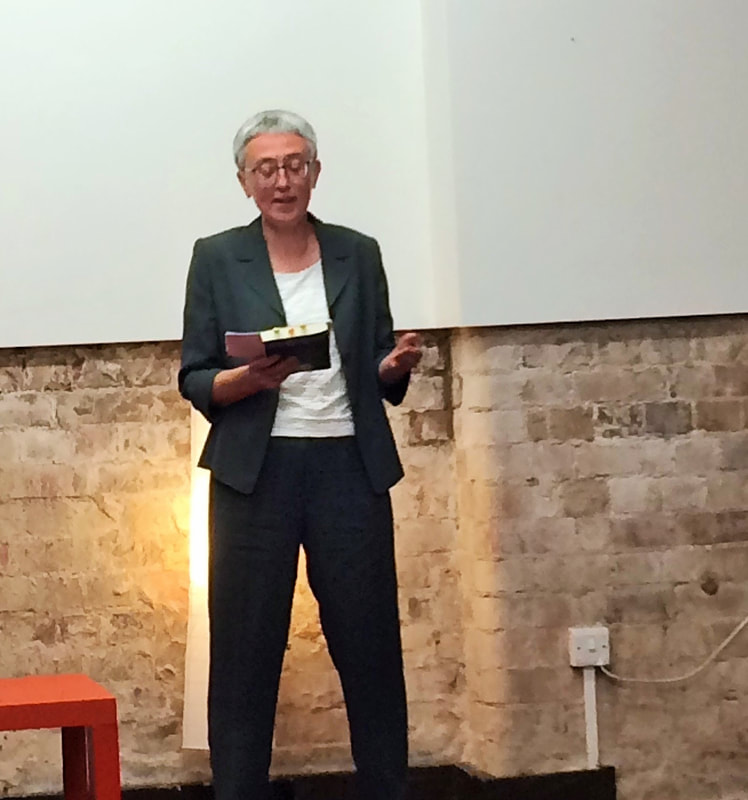
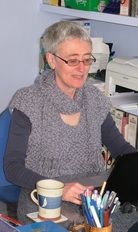
 RSS Feed
RSS Feed

